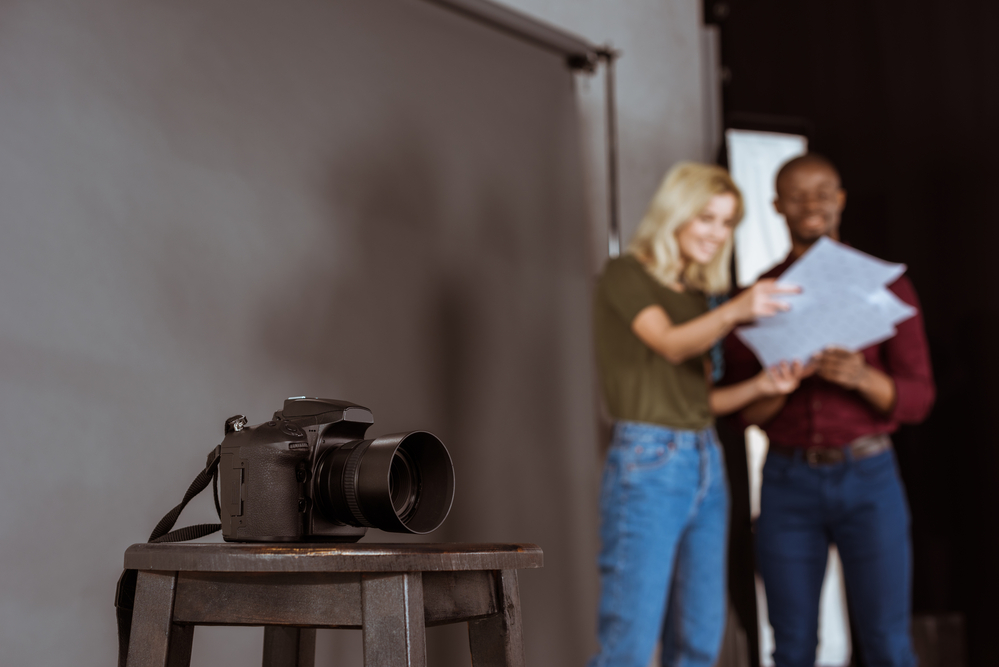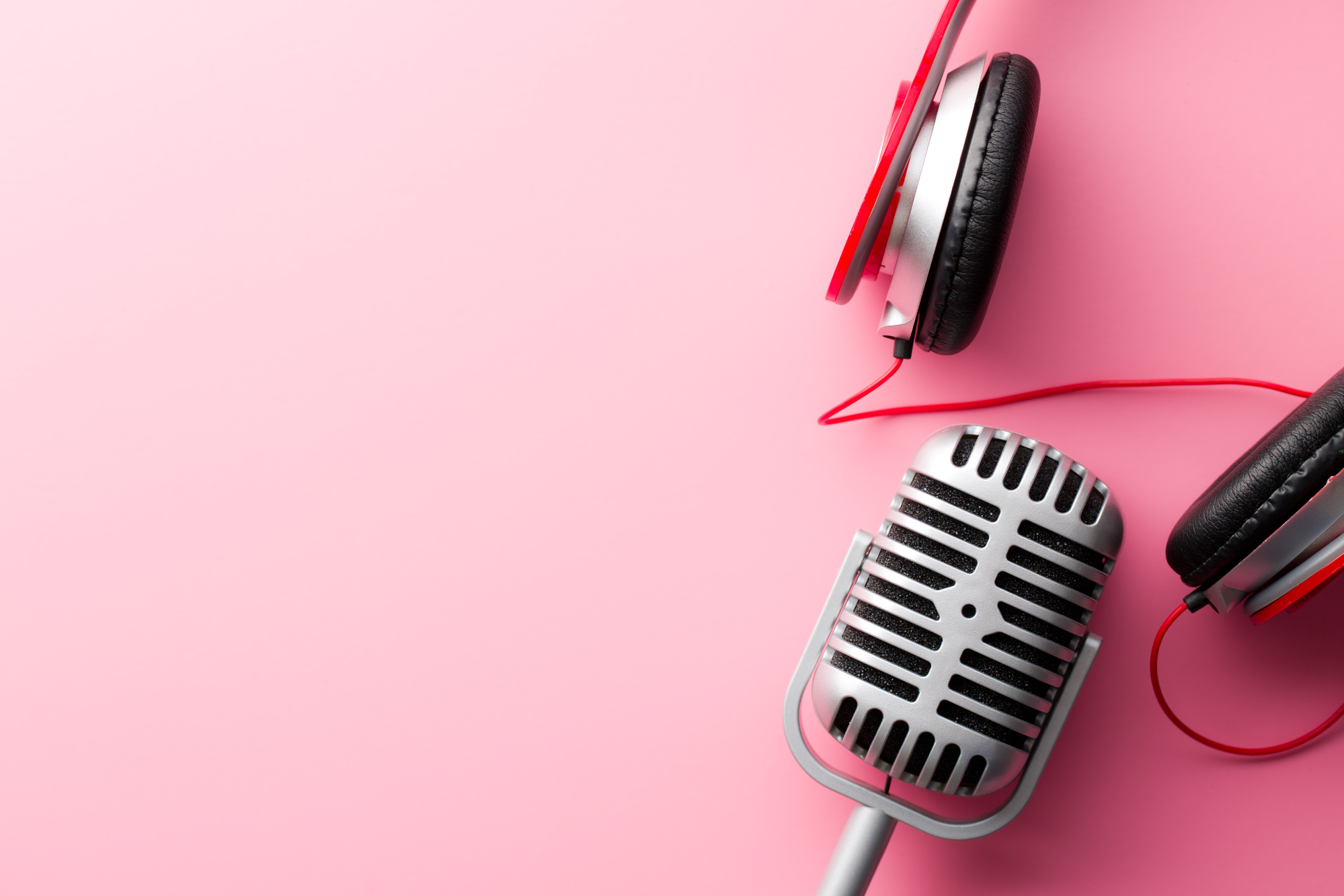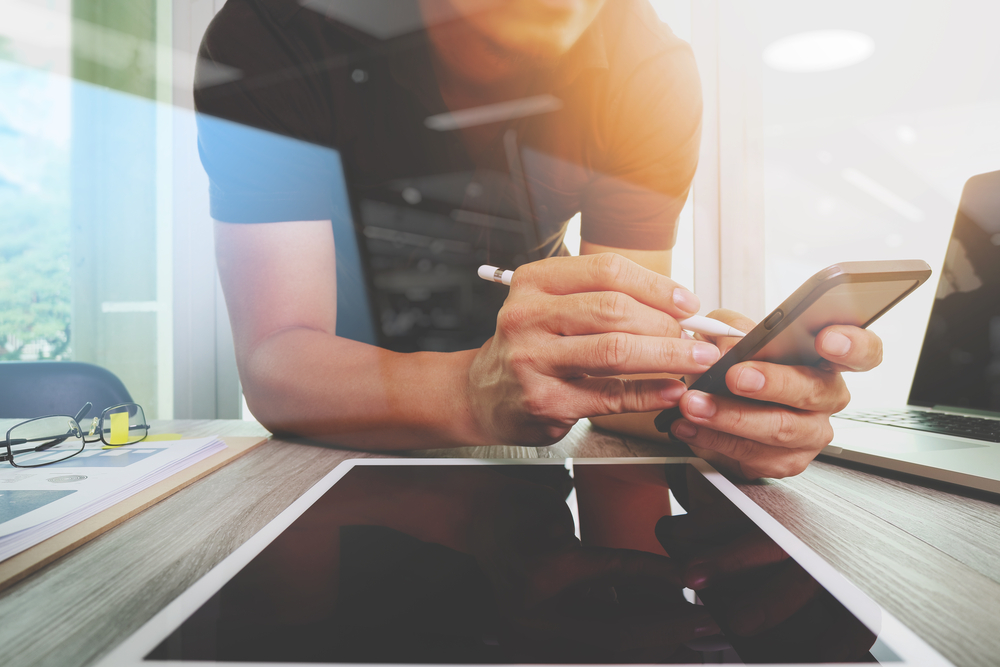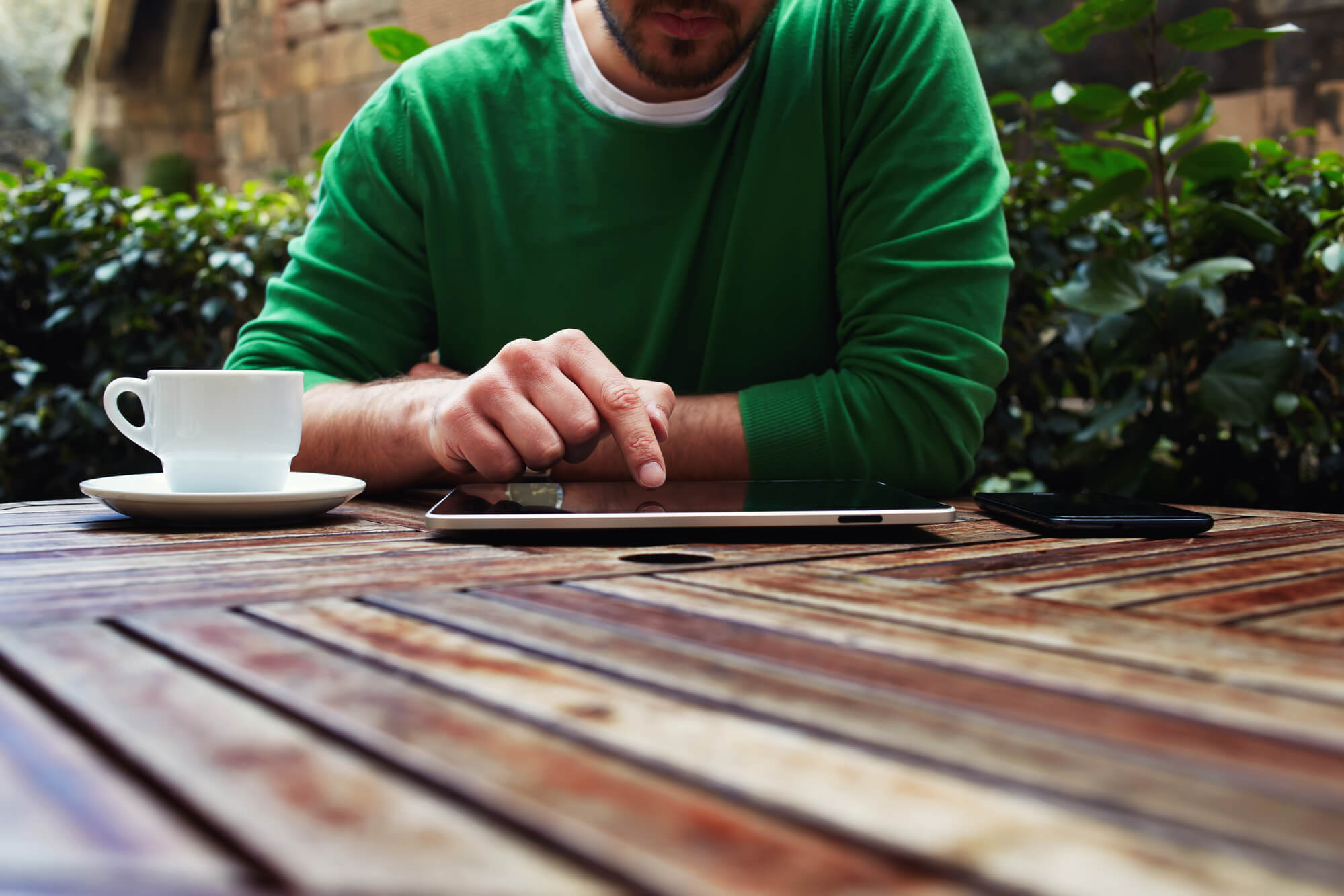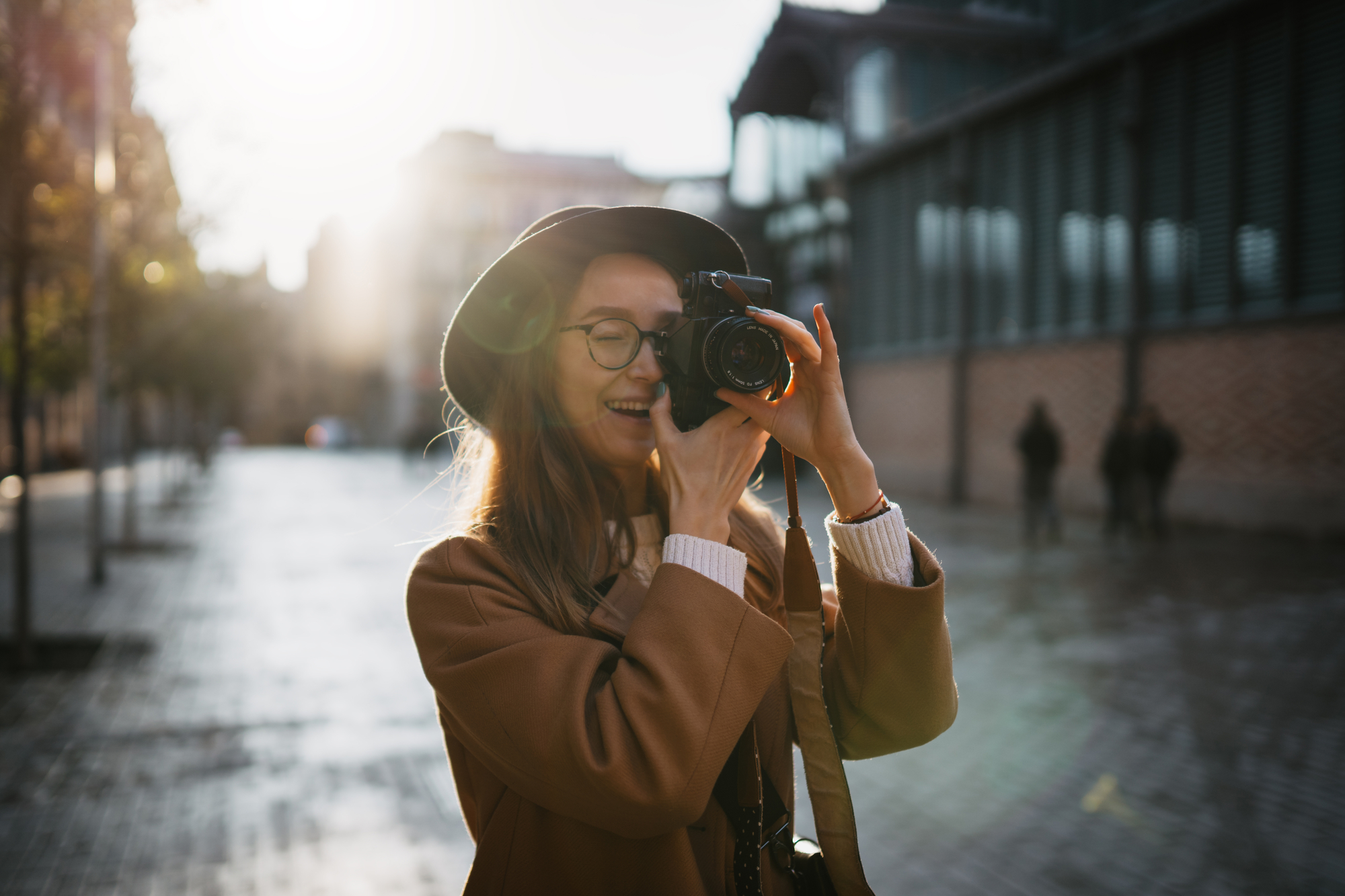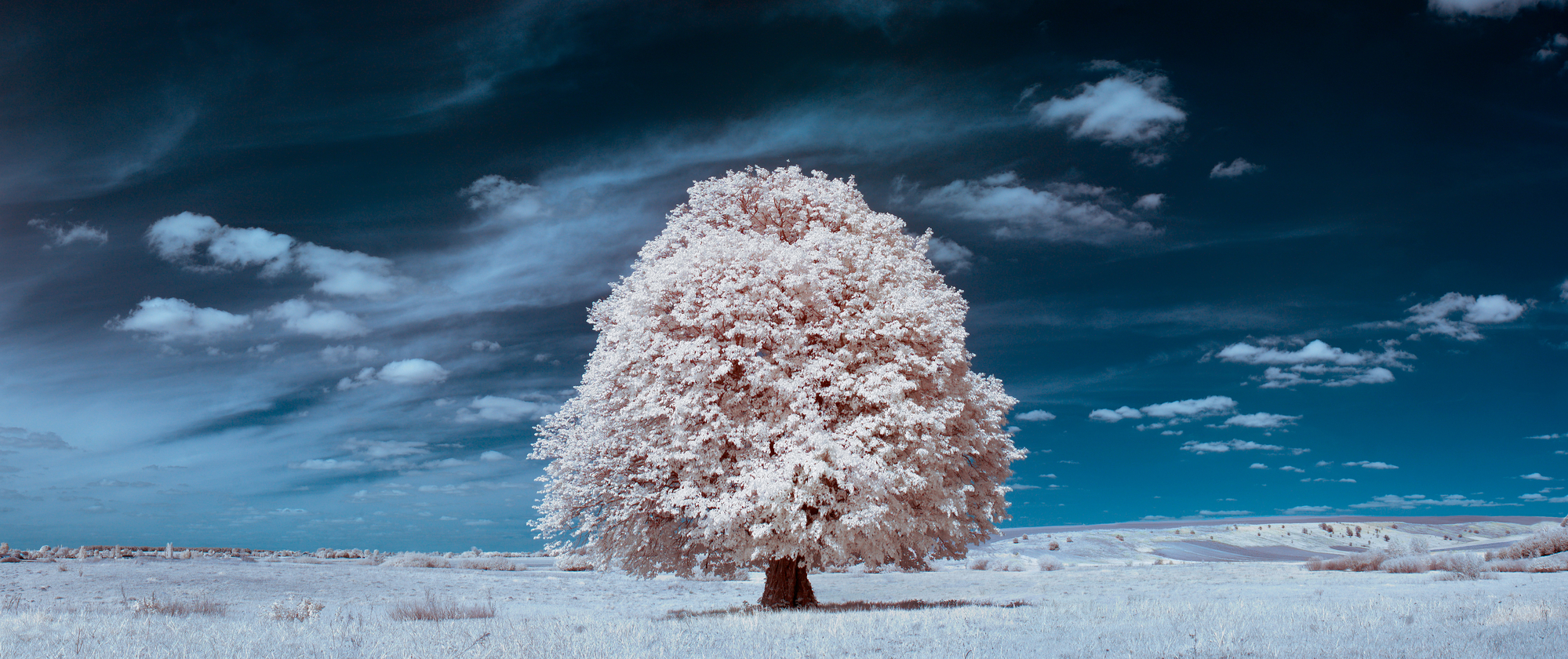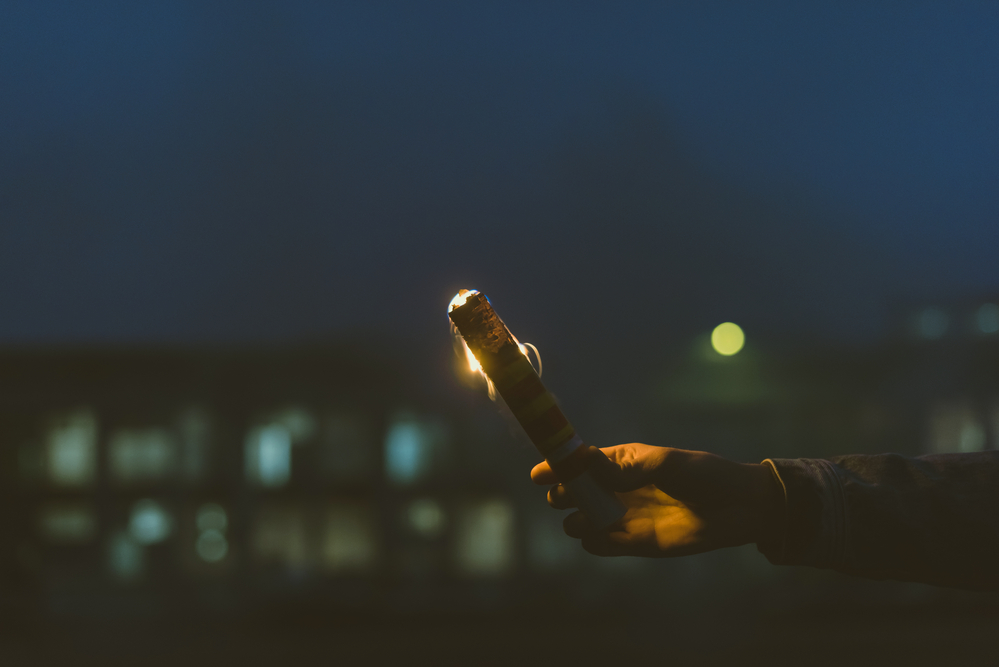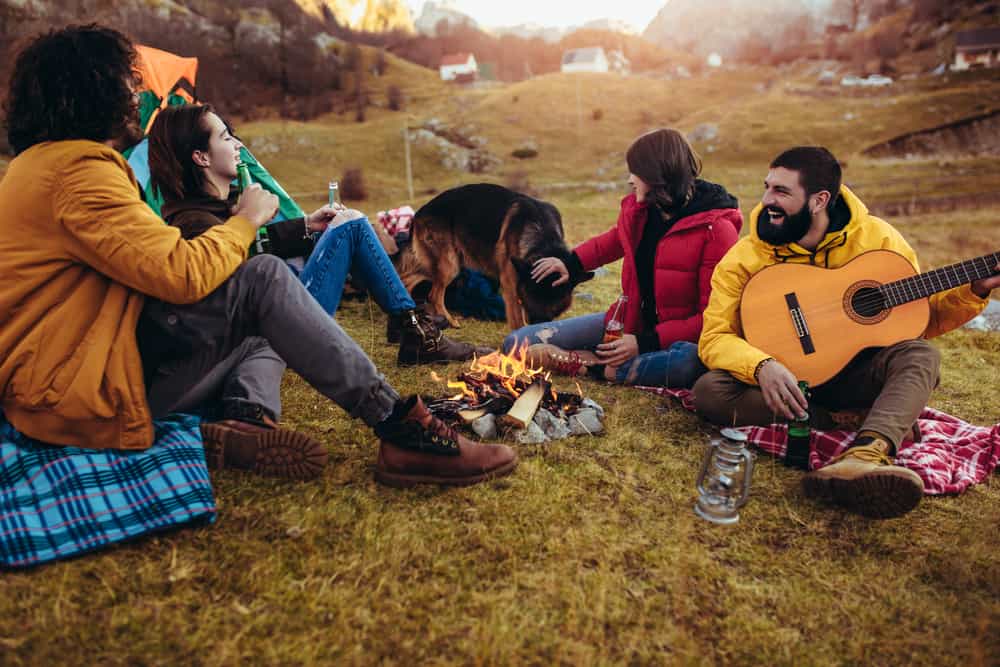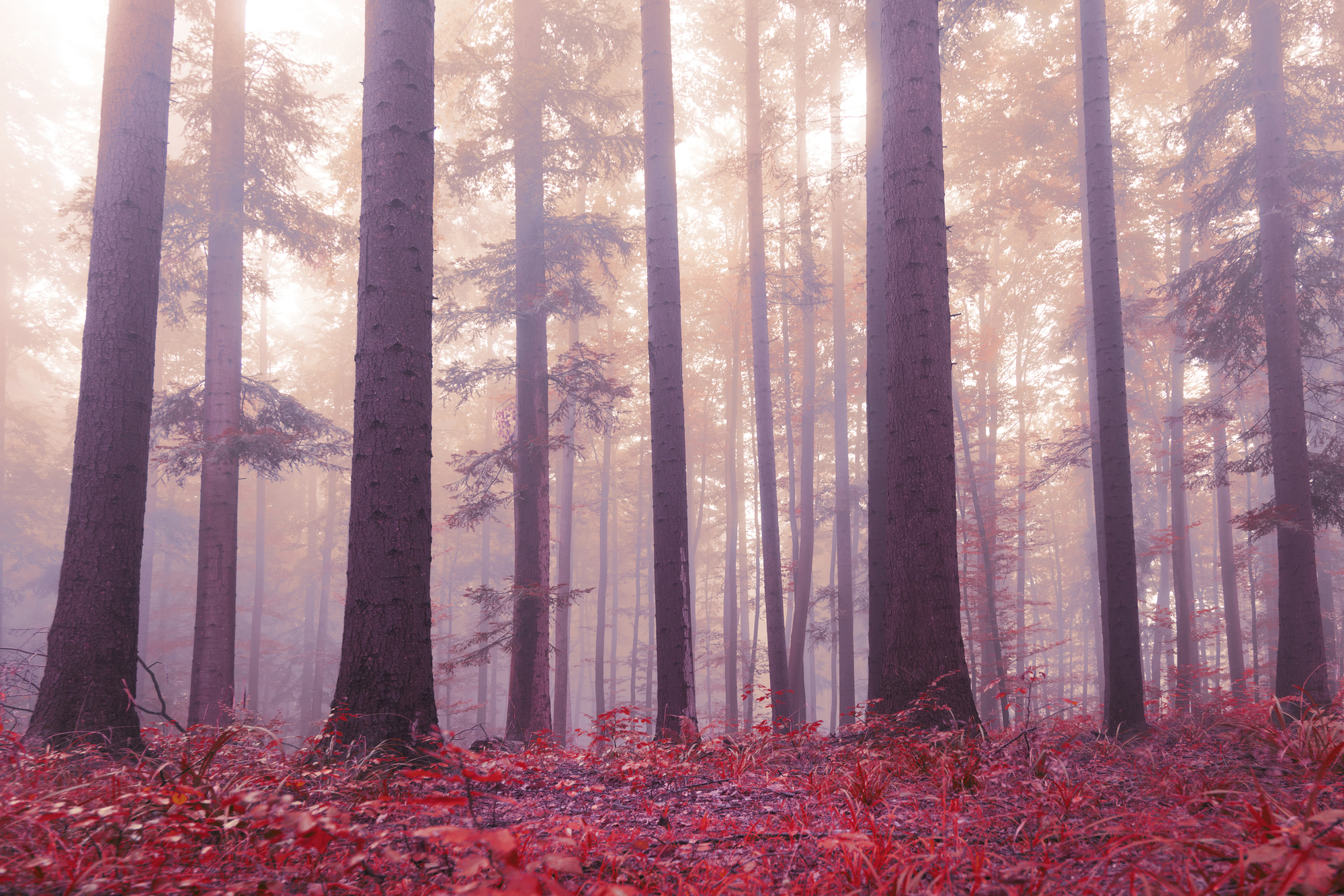Why photography of dancers is so difficult
Dance photography requires deep knowledge of your photography equipment, as well as flexibility and creativity. Unlike sports photography, where photographers simply need to be able to react quickly, good dance pictures mean that a photographer can not only capture the moment but adapt to unstable and often tough stage lighting. Of course, you can take pictures of people dancing outside of the theater or dancing studio. For example, you can visit street dance events during daylight hours and use flash and a reflector. Studio photography of dancers is also possible. In this case, you can choose poses for a dance photoshoot, as well as use studio backgrounds, lightboxes, reflectors, and take as many shots as you want. In brief, dance photography is tricky due to the following factors:- Poor, dynamic, or “color” light;
- Inability to predict actions on the stage;
- Inability to approach the dancers or get a certain angle of shooting;
- High speed of dancers’ movements
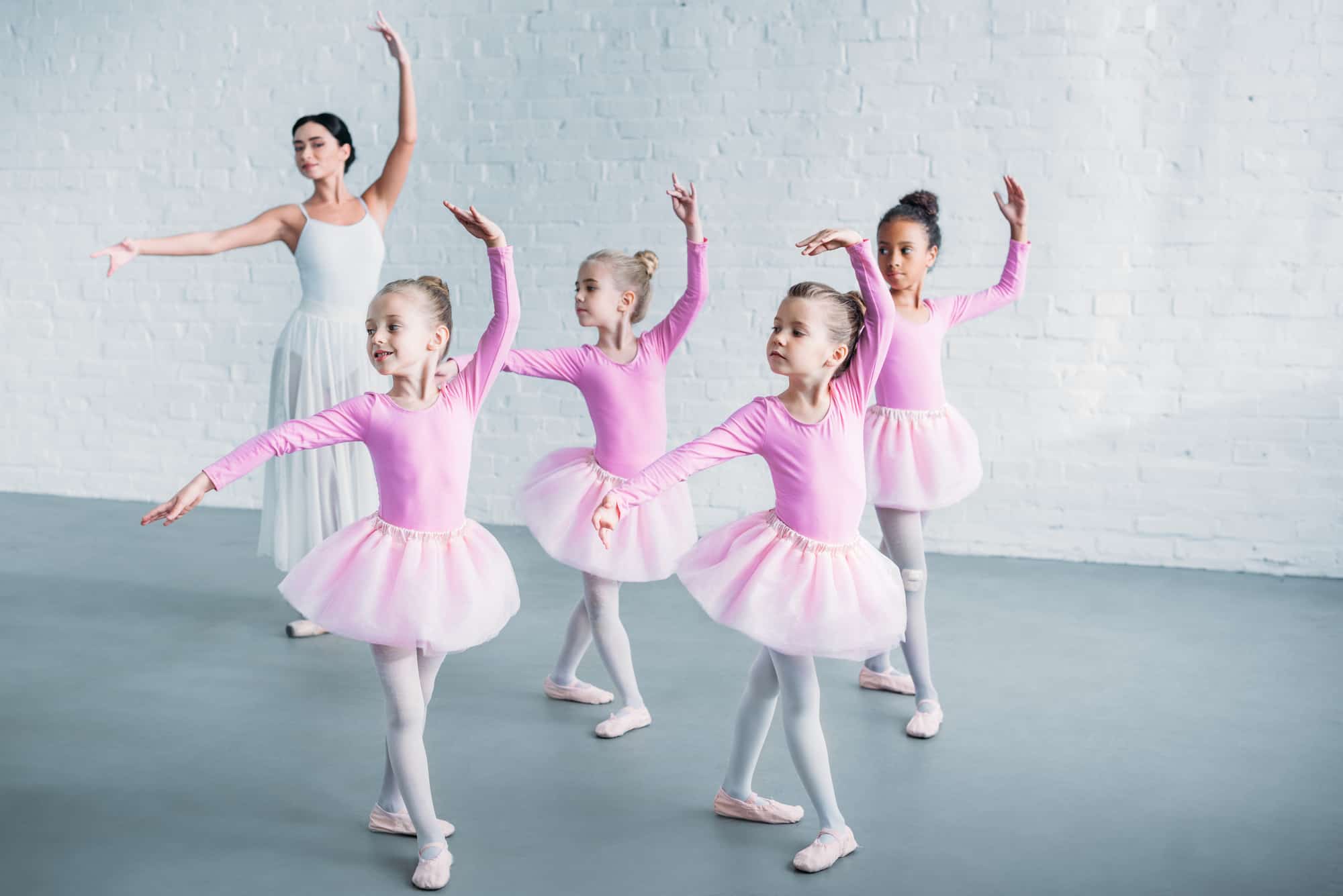
What equipment to use for taking dancers’ photos
Even if you have an amateur digital camera at hand, you have the chance to create incredible images of dancing people. Why? Photography is, first of all, the creative vision of a photographer, their ability to notice details, and tell stories through images. If you are unable to acquire the equipment that we list below, use an existing camera that you know well. In this case, choose the locations for taking dancing images that your camera and lens are best suitable for. And for taking professional pictures of dancers, you will need the following photography gear:- Light-sensitive camera (ISO 6400) operating well in the AF-C (Auto Focus Continuous) mode;
- Lenses with a focal length range of 70-200 mm, 24-70 mm, and 17-35 mm;
- Tripod
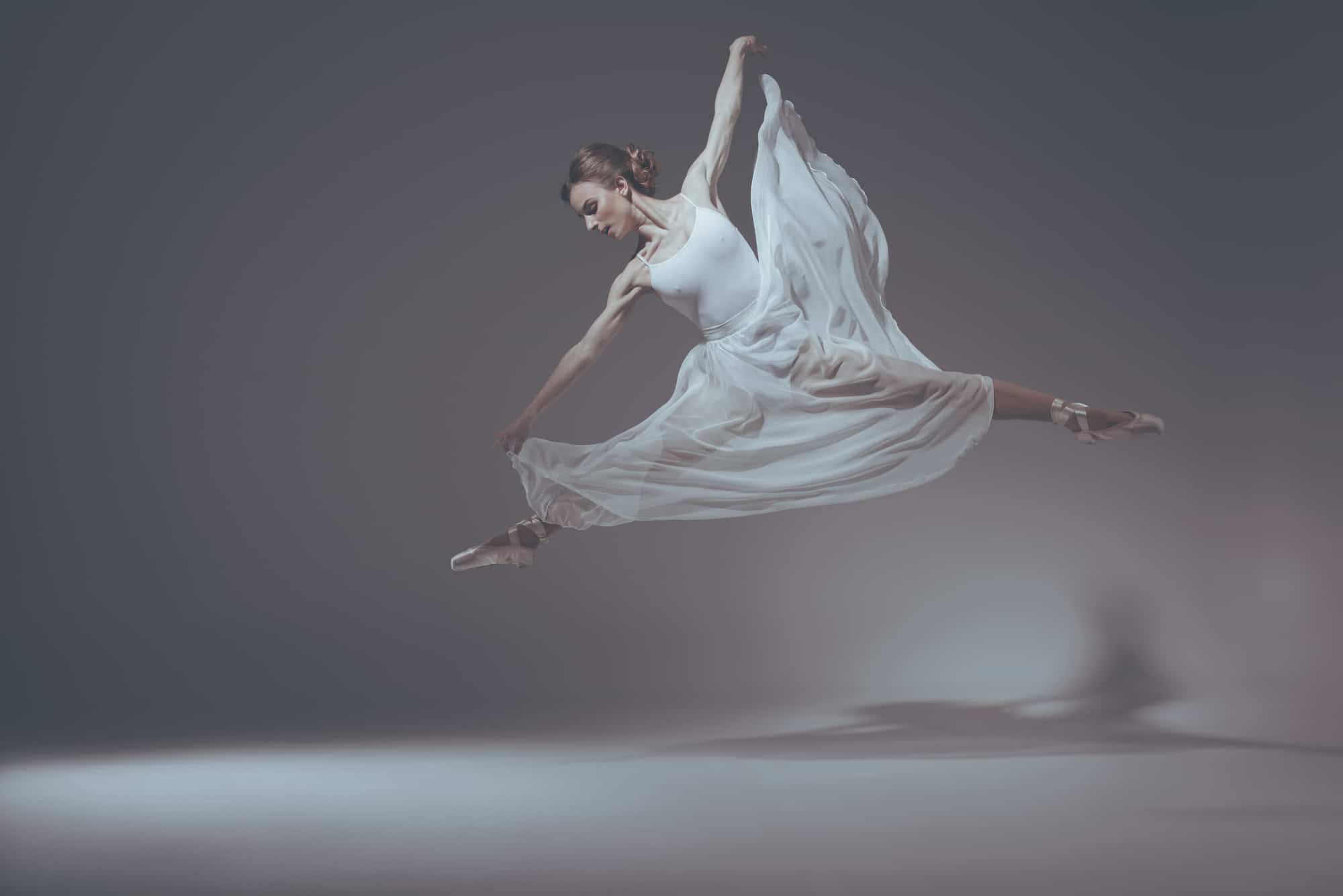
Best poses for dance photoshoot and tips for photographers
Shooting dances in an urban space is not much different from traditional sports photography, and shooting models in a studio is like shooting a portrait, except that the poses of the dancers could be more varied and expressive. In this paragraph, we will focus on the most popular type of dance photography: shooting people dancing on a dimly lit stage (ballet theaters and dance competitions). To capture a dynamic dance on a dim stage, we need to activate the AF-C mode, select a low ISO (not more than 3200), set a short shutter, and open the aperture as much as possible. You can experiment with Shutter Priority AE (Av) and Aperture Priority AE (Tv) modes and manually adjust the shutter speed and aperture. For example, high-aperture lenses set to a minimum ISO (400 to 1200) will help get rid of ‘visual noise’. Here are some tips for taking brilliant photos of dancers:#1 Explore the potential of stage lighting
If you do not have a chance to use flash or other professional lighting equipment, you must adapt to what you have to work with. Top and bottom stage spotlights and sidelight passing through the smoke on stage can make the shot more dramatic. Experiment with exposure as much as possible avoiding your flash.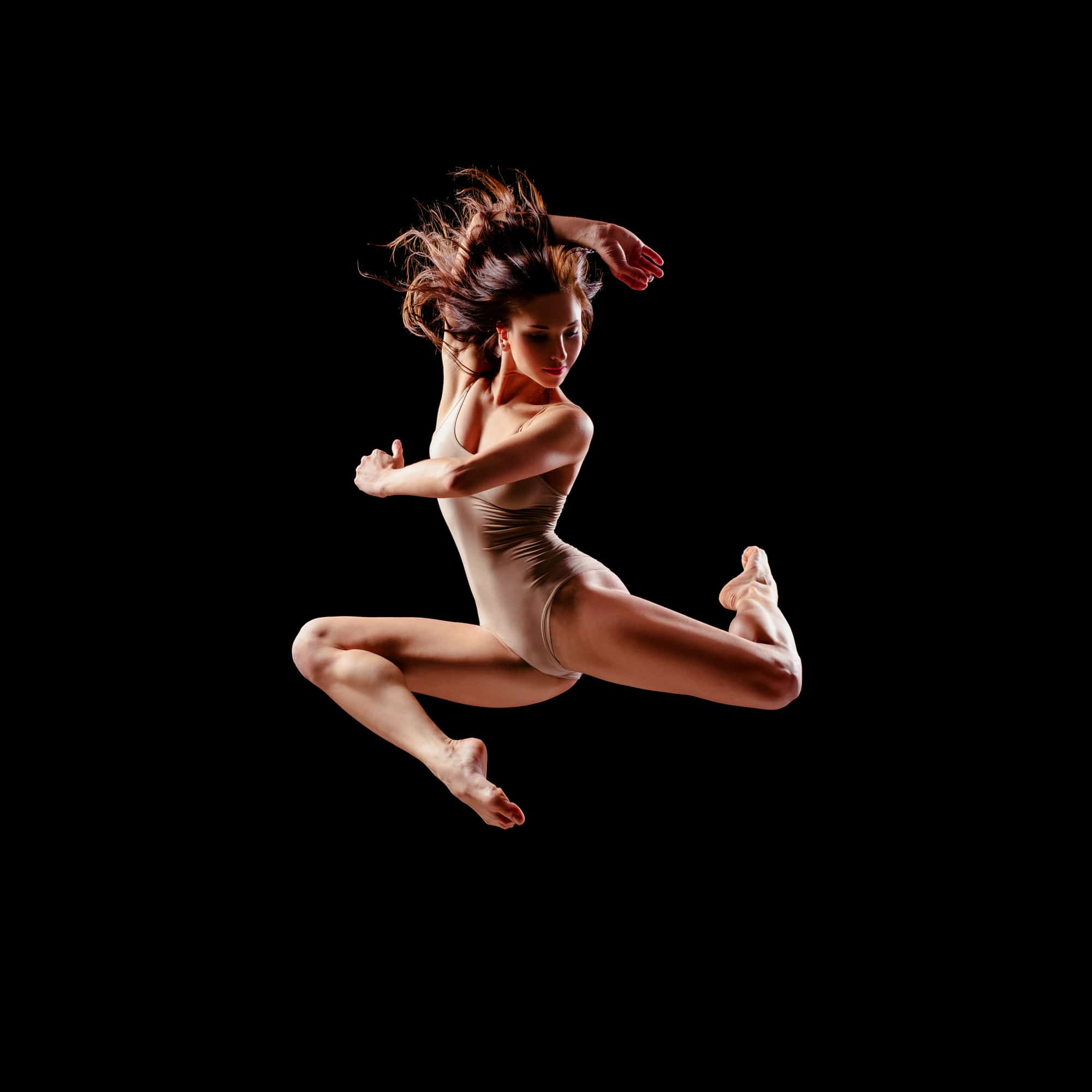
#2 Explore the potential of your camera
We recommend you shoot in Av and Tv modes, as they allow you to compensate for poor exposure. In Av mode, set the maximum aperture value possible to avoid underexposure. Such shorts may be blurry but bright. In Tv mode, you can adjust the shutter speed. In this case, the objects will be clear but dark. Here’s a short summary of the shutter speed adjustment results when shooting a theatrical scene: 1/50 — all dancers’ gestures are blurry 1/600 — only fast movements are blurred 1/2000 — clear shot, dancers ‘freeze’ Practice working in both modes to perfect your manual photography skills.#3 Explore the details of the upcoming show
Find out in advance the specifics of the lighting and the dance you are going to shoot. If possible, visit the concert hall before the shooting day and decide where you should be in order to get a winning angle. Also, learn the style of the dance before the event so that you can hold the camera in your hands during the most spectacular moments.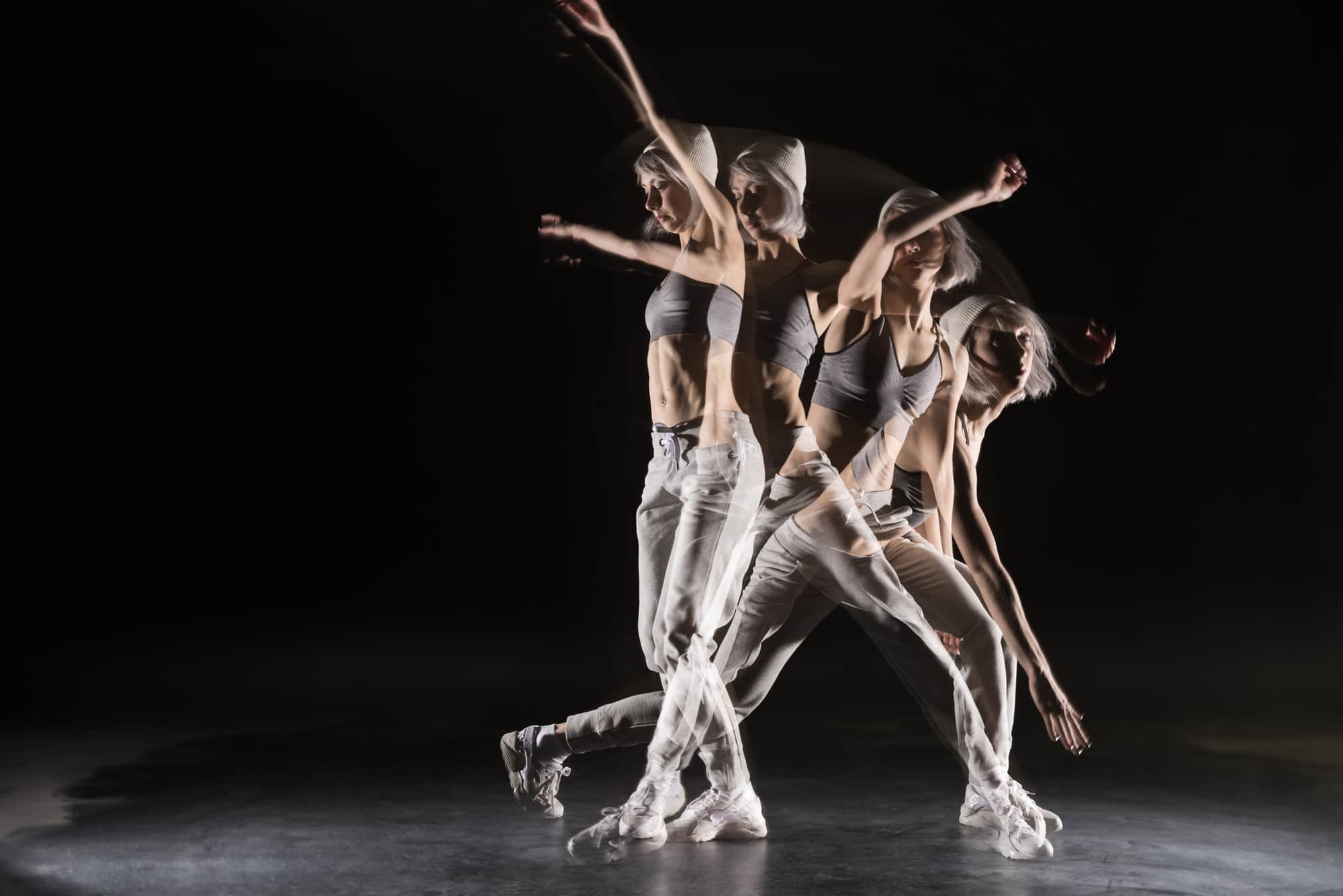
#4 Take pictures with the rhythm of the dance
Each dance has its own rhythm. This rhythm determines the movement of the dancers. Follow the rhythm of a piece of music and try to press the photo button counting. In this case, you can clearly capture the dance moves and get beautiful dancers’ photos.#5 Pay attention to faces, costume details, hands, and feet
Curious details will help you tell a story through photography, giving your audience the opportunity to see the dancers at a much closer distance than they are used to in the theater. Details can also symbolize the dancers’ emotions and convey the atmosphere of the event.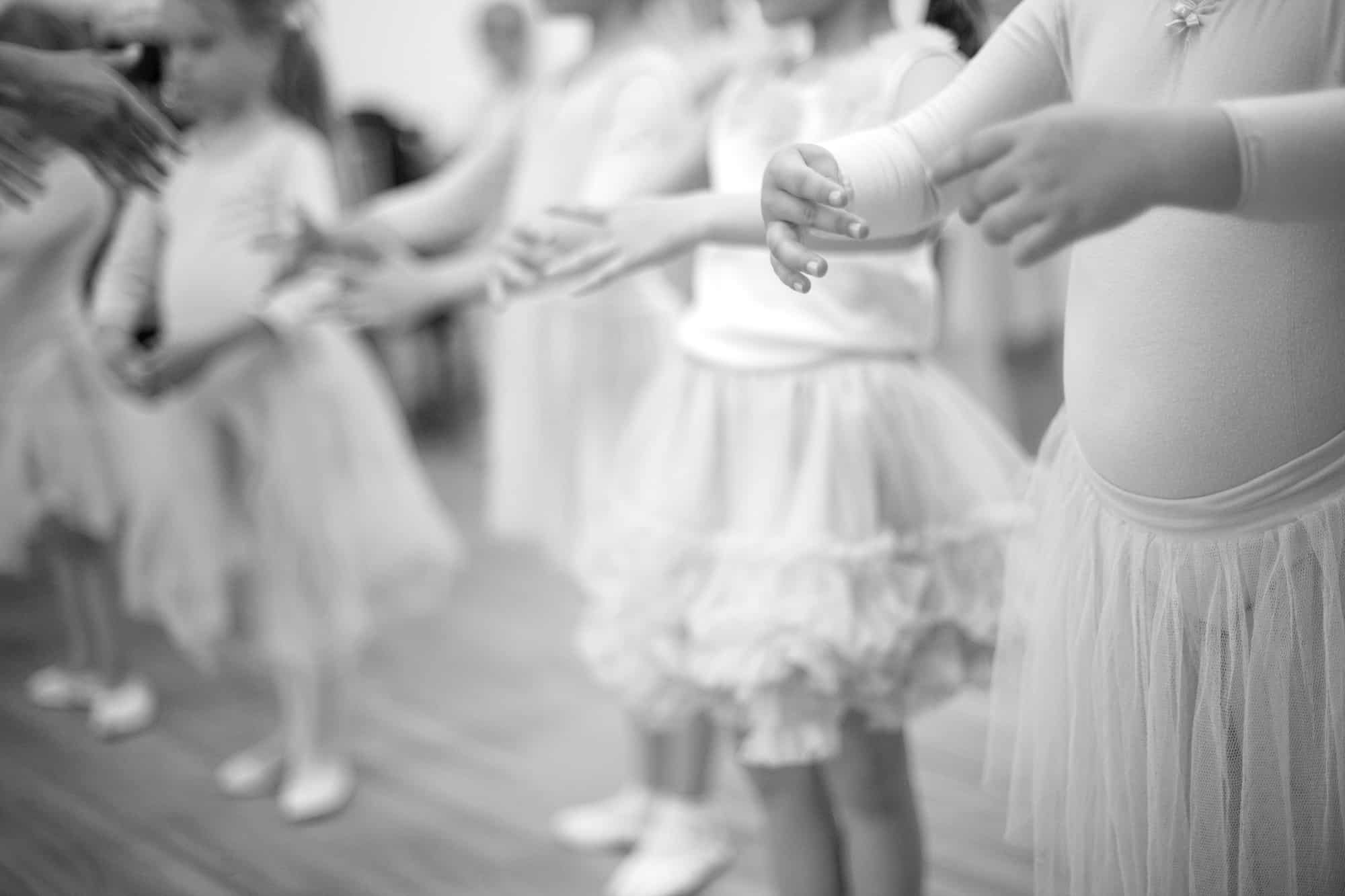
#6 The best dance positions are natural positions
There is a difference between a reportage dance shot and a staged photo of a model dancing in a photography studio. When shooting non-professional dancers dancing, ask them to dance as if they are at home and no one sees them dancing. Another secret of brilliant staged photography of dancers is to keep the model’s gestures as ‘wide’ as possible: wide stride, raised arms, free jumping. If the model is not graceful, try focusing on their face and emotions, not moves.Choosing the Right Photographer for Dance Events
Capturing dance requires more than just technical skill — it takes an eye for movement, rhythm, and emotion. Platforms like Linkaband can help connect you with photographers experienced in live performance, ensuring every leap, turn, and expression is preserved with precision. Since it also offers complementary services such as videographers and performers, it can be a useful resource when organizing an event where music and dance are at the center.
